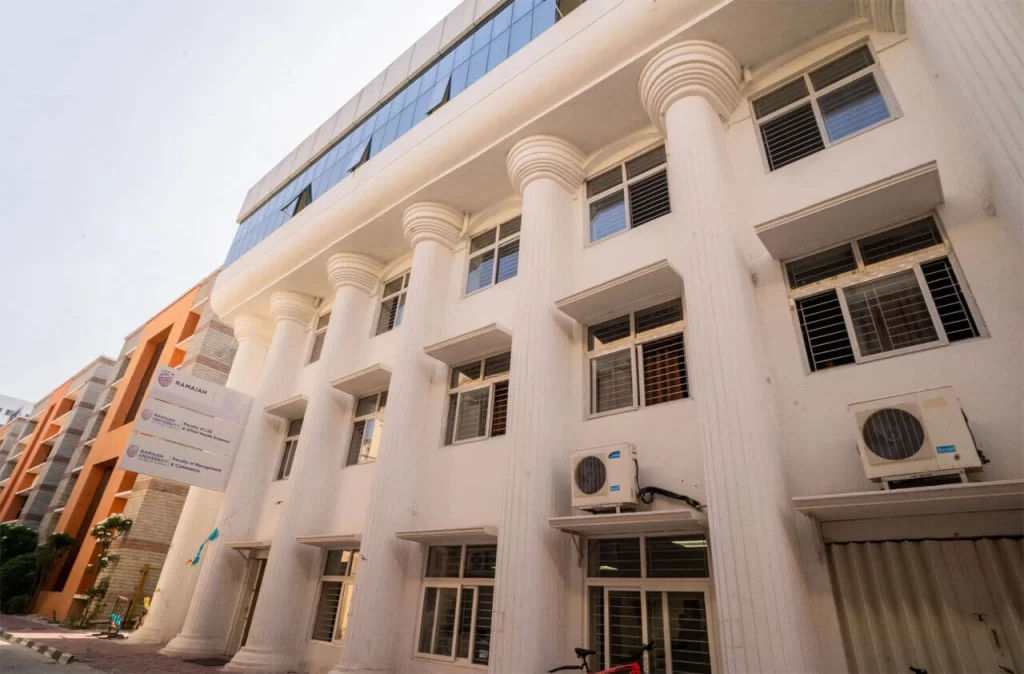On February 1, 2025, Union Finance Minister Nirmala Sitharaman presented the Union Budget 2025-26, unveiling transformative initiatives aimed at strengthening India’s education system, enhancing skill development, and fostering research and innovation. The government’s focus is on preparing students for an evolving job market, bridging the digital divide, and expanding educational infrastructure.
In this blog, we will break down the key announcements that will directly impact students, educational institutions, and the higher education landscape in India.
Increased Budgetary Allocations for Higher Education
Overview of Increased Funding
The Union Budget 2025 has made a significant commitment to higher education by allocating an increased sum of Rs 50,000 crore for educational initiatives. This will be directed towards enhancing the infrastructure and learning resources at prominent institutions like IITs, IIMs, and central universities. The UGC Chairman highlighted that the increased budget would help provide better research facilities, build more student housing, and expand academic resources.
Infrastructure Development
The budget also focuses on upgrading the infrastructure of central universities, enhancing digital learning tools, and creating new campuses in underserved regions. This commitment will ensure that India’s top educational institutions can accommodate growing student numbers and offer state-of-the-art facilities for teaching and research.
Scholarships and Fellowships: Boosting Opportunities for Students
Substantial Scholarship Outlay
A key highlight of this year’s budget is the increased allocation for scholarships and fellowships. The Finance Minister emphasized the need to support underprivileged students with financial assistance to ensure equal opportunities in education. This increase in funding will help students from economically disadvantaged backgrounds access higher education, including technical and medical courses.
Focus on Social Inclusion
The government plans to launch several initiatives to benefit SC/ST students, including financial aid and reduced fees in certain institutions. Additionally, the increase in fellowships will allow meritorious students to pursue advanced degrees in fields like engineering, medicine, and science, without the financial burden.
Impact on Postgraduate and Research Programs
The allocation also includes funds for postgraduate research programs in IITs and IISc. Over the next five years, a significant portion of the budget will be directed toward fellowships for doctoral students, providing financial support and stimulating advanced technological research.
Emphasis on Skill Development and Vocational Education
Skill Development Initiatives
The Bharat Skills Initiative in the budget aims to enhance vocational training and skill development programs across India. The government plans to expand vocational courses that prepare students for technical careers in industries like manufacturing, IT, and healthcare. The focus is on creating a workforce that is job-ready with practical skills and certifications.
Collaboration with Industry
The government is also pushing for partnerships with industry leaders to create curricula that meet industry standards, ensuring students are well-prepared for future jobs. This industry-academic collaboration will help bridge the skills gap and ensure that students graduate with relevant, in-demand skills.
Future of Technical Education
Technical institutions like IITs and NITs will see an increase in the number of skill-based courses, aimed at not only enhancing students’ technical expertise but also providing them with soft skills, ensuring overall career readiness.
Atal Tinkering Labs to Foster Innovation
Creating 50,000 Innovation Hubs
The government is committed to nurturing innovation from an early age with the establishment of 50,000 Atal Tinkering Labs in government schools across the country over the next five years. These labs will provide students with hands-on learning opportunities in science, technology, engineering, and mathematics (STEM) subjects, fostering creativity and curiosity.
By nurturing future scientists and innovators, these labs will help India build a strong talent pool of students who are well-prepared to meet the challenges of a rapidly changing world.
Bridging the Digital Divide with Broadband Connectivity
Broadband for Rural Schools
Under the BharatNet project, the budget outlines a plan to provide broadband connectivity to all government secondary schools in rural areas. This initiative will bridge the digital divide, ensuring that students in remote regions have access to online learning platforms, educational videos, and other digital resources. This will significantly enhance the quality of education available to rural students.
Bharatiya Bhasha Pustak Scheme For Digital Learning
Access to Indian Language Textbooks
The Bharatiya Bhasha Pustak Scheme will provide digital textbooks in Indian languages for students from schools to higher education. This initiative will make textbooks and learning resources more accessible in regional languages, helping students from various linguistic backgrounds understand subjects more effectively and enhance subject comprehension.
This digital initiative aims to promote the inclusive growth of the education system, ensuring that language barriers do not hinder learning.
National Centres of Excellence For Skilling
Developing Job-Ready Graduates
The government’s focus on skill development is further bolstered by the creation of five National Centres of Excellence for skilling. These centers will collaborate with global experts to design cutting-edge curricula, train instructors, and create industry-relevant certifications. These centers will ensure that students acquire the skills necessary to thrive in the global job market.
IIT Infrastructure Expansion
Doubling Capacity of IITs
Over the past decade, the capacity of IITs has doubled, growing from 65,000 students to over 1.35 lakh students. The Union Budget 2025 provides funding to expand infrastructure in IITs, including additional hostels and academic buildings, particularly in the five IITs established after 2014. This expansion will accommodate 6,500 more students, ensuring that IITs continue to offer world-class education and maintain their status as leading global institutions.
Centre of Excellence in AI for Education
AI-driven Educational Innovations
With an outlay of Rs 500 crore, the Centre of Excellence in AI for Education will be set up to leverage artificial intelligence in transforming the education system. This initiative follows previous AI-focused centers in areas like agriculture, healthcare, and sustainable cities. The AI center will develop cutting-edge technologies for personalized learning, virtual classrooms, and other advancements that can revolutionize educational delivery.
Expansion of Medical Education
10,000 New Medical Seats
To meet the increasing demand for medical professionals, the government plans to add 10,000 new medical seats in medical colleges and hospitals by 2026. This will contribute to the overall goal of adding 75,000 seats in medical colleges over five years, addressing the critical shortage of healthcare professionals in India.
Investments in Research and Innovation
Boosting Research Development
The government has allocated Rs 20,000 crore for private-sector-driven Research, Development, and Innovation initiatives. This fund aims to stimulate scientific advancements, develop new technologies, and support start-ups focused on R&D in key sectors, including space exploration, renewable energy, and sustainable development.
PM Research Fellowship Expansion
The PM Research Fellowship program will be expanded to 10,000 fellowships over the next five years, providing support for advanced research in IITs and IISc. This will provide financial assistance to top scholars in engineering, science, and technology, fostering the development of world-class researchers.
Infrastructure Development: The Road Ahead for Education Institutions
Smart Classrooms and Digital Infrastructure
The government has committed significant resources to developing smart classrooms and digital infrastructure in educational institutions across India. This includes e-learning platforms, interactive technologies, and digital libraries to enhance the learning experience for students.
Building New Campuses
A focus on new campuses will ensure that institutions in rural and remote areas are equipped with modern facilities, providing students across India access to high-quality education.
Challenges and Concerns for the Education Sector
Implementation Challenges
While the budget outlines ambitious goals for expanding education infrastructure, there will be challenges in ensuring timely implementation and effective distribution of these funds across institutions.
Equitable Distribution of Funds
There is also a concern about whether smaller, regional institutions will receive the same level of support as India’s top universities. The allocation must ensure that all educational institutions, regardless of their size, benefit from these reforms.
Conclusion
The Union Budget 2025 brings substantial investments and reforms to India’s education sector, focusing on innovation, digital access, infrastructure expansion, and research and skill development. These initiatives are set to transform the learning experience for students and strengthen India’s position in the global education landscape.
Key takeaways: The budget aims to provide better access to education, enhance vocational skills, and foster technological advancements in teaching. This will undoubtedly help in preparing students for the jobs of tomorrow while improving the overall quality of education across India.



0 Comments